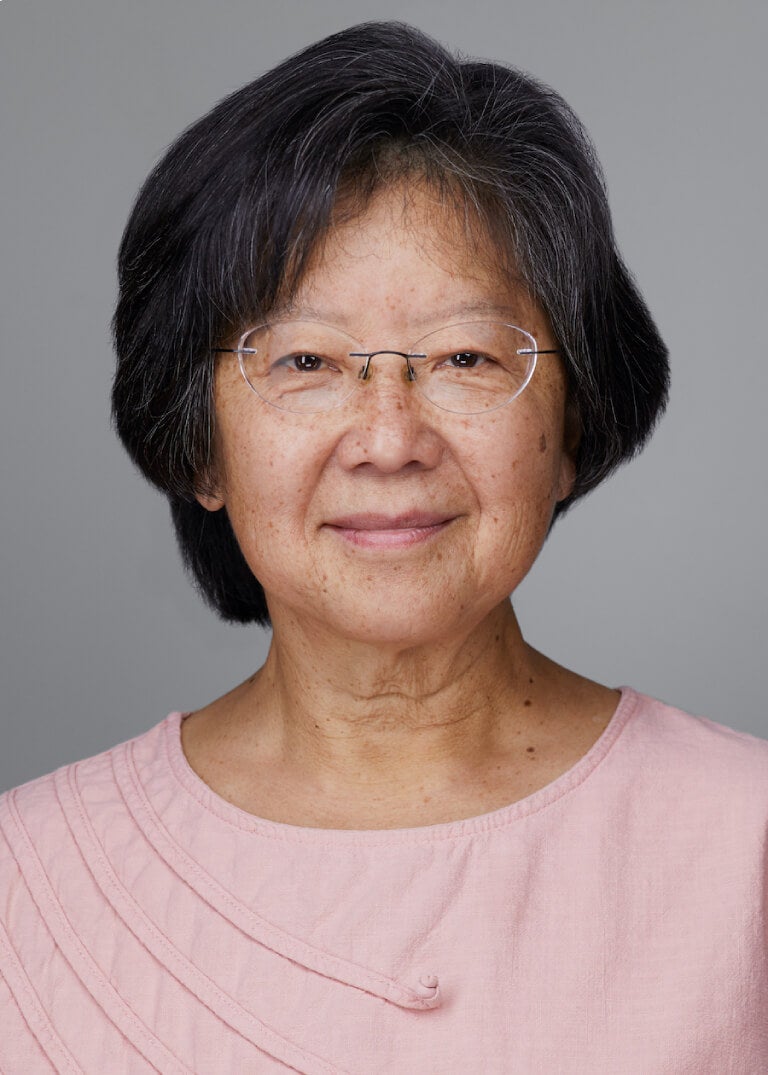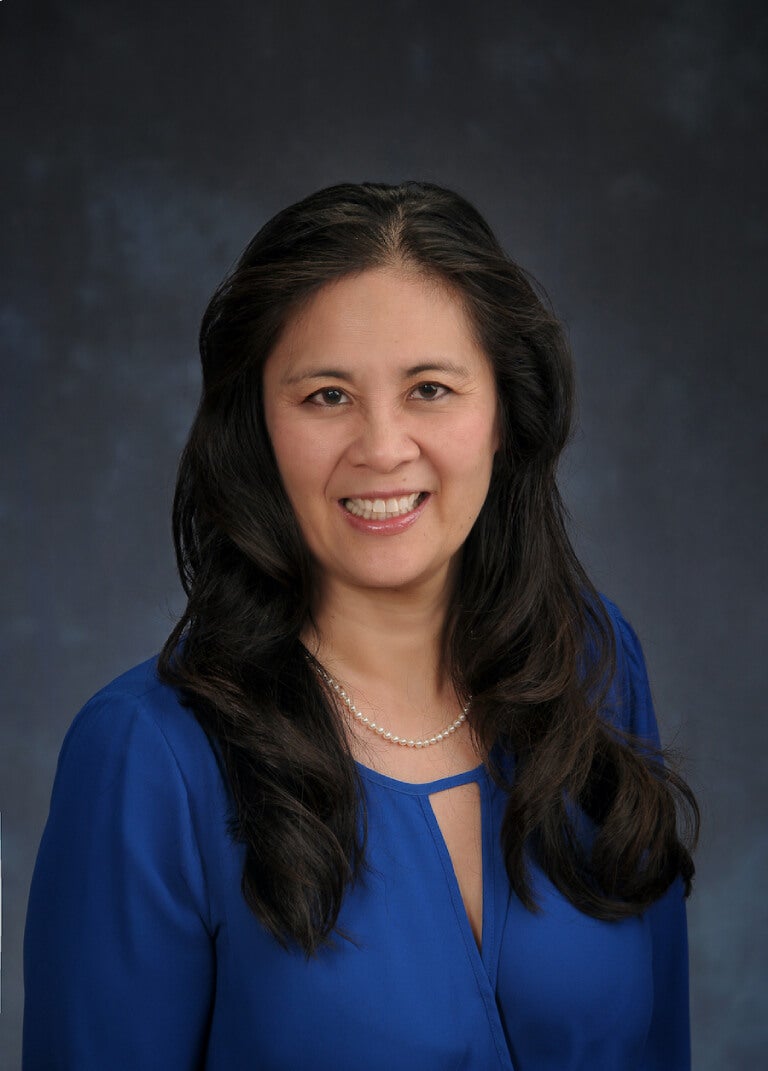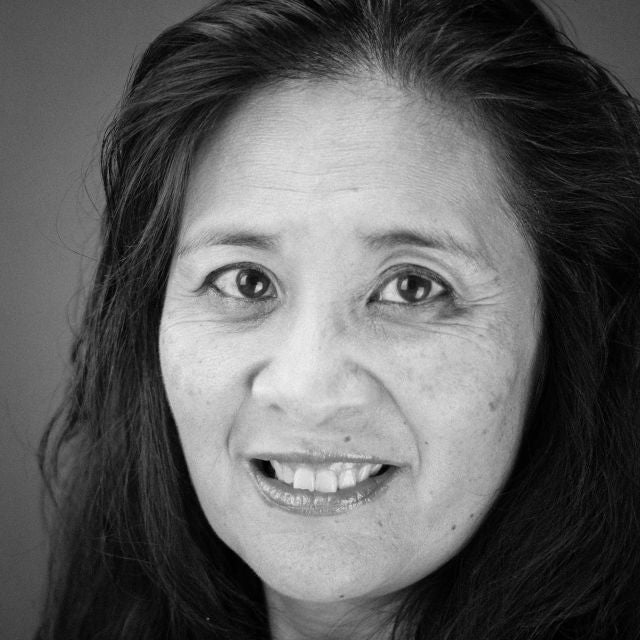The world has been living with the devastating effects of a deadly viral pandemic since the winter of 2019. We were all told to avoid crowded spaces where the virus can easily spread; wear face masks to protect everyone from the spread of the virus; socially distance oneself at least 6 feet from others; avoid gatherings with family, neighbors, and friends in enclosed space; and wash hands often. As wave after wave of the virus circulated, eateries, drinking establishments, indoor gyms, and offices one-by-one slowly decreased hours of operations with some eventually closing their doors completely. For a very brief time, we all thought that the pandemic would end, only to have our hopes dashed as we all experienced repeated waves of the deadly infections as variants of Covid-19 evolved and spread. Some of us lost loved ones, family members, friends, and acquaintances. Life as we knew it completely changed, and the uncertainty of all of it is still with us today.
The experience of living through the cultural and political responses to this deadly Covid-19 pandemic is different, depending on the cultural context and the political system. Health information seemed to change rapidly, which made the safety protocols confusing and challenging. In the USA, the cultural divide fueled political extremism. In each country, social tensions increased among its populations and between countries, travel restrictions were put in place as the virus swept through the people.
Amid all the political noise and as societies debate how best to respond to the deadly threat of the Covid-19 pandemic, there is the universal threat of a painful, untimely, and early death for everyone. While we all know that death is inevitable, we hope for a long life and a good death. We all do our best to practice good eating and exercise habits for good health. We work to earn money for a comfortable life for ourselves, our families, and our eventual retirement. The Japanese are blessed with a good health care system that is accessible to everyone to maintain good physical health. All this so that we can live a long, productive, and happy life. Then came a virus that threatened our carefully orchestrated habits for a long and healthy life. The pandemic made it impossible to control our own physical health and environment. With every sore throat, every sneeze, every headache, there emerged the uninvited specter of Covid-19 infection and possibly eminent death. Stress comes unbidden: stress of social isolation, stress of worrying about losing family members, stress of work disruptions, stress of the real possibility of death with every breath taken. Could this next breath be the one that ushers in the Covid-19 virus into our body; could this next breath be the beginning of the end of breathing as the virus attack the lungs?
Life is full of surprises. Amid the stress and fear, we are given the opportunity to contemplate on death. Most of the time, this contemplation of death is more academic. Given the pandemic, the thought of death is no longer something that can be suppressed until a later time or seen as something in the distant future. Death may, realistically, come with our next breath. The pandemic gives us the opportunity to engage in the meditative contemplation of death as described in the Satipatthana Sutta (MN 10.14):
Again, bhikkhus, as though he were to see a corpse thrown aside in a charnel ground, one, two, or three days dead … a bhikkhu compares this same [one’s own] body with it thus: ‘This body too is of the same nature, it will be like that, it is not exempt from that fate’. In this way he abides contemplating the body as the body, internally, externally, and both internally and externally. … and he abides independent, not clinging to anything to the world. That too is how a bhikkhu abides contemplating the body as body.”
We are advised to take advantage of the fear generated by Covid-19 to contemplate the reality that this body of ours, regardless of how much we wish or stress or worry, is independent from ourselves. To strive for the experiential insight that the body is independent, follows rules of its own accord, not rules of our making, affords us the psychological distance to abide with the stress of the pandemic.
Additionally, within all the times of social isolation, there is silence. The silence of voices talking to colleagues at work, talking between friends and families, as well as talking casually in stores. In that silence, we are forced to meet our own voices that speak to only ourselves in our inner world. For all, we can take this opportunity of social isolation to get acquainted with our own inner world. For some, this encounter with their own inner world can be painful; for others, it can be illuminating. For all of us, it is an opportunity to gain a measure of perspective.
We can be thankful for the opportunity to meet our inner world and approach it with curiosity and wonder. As instructed in the Suttas by the Buddha, we can gain access to our inner world through contemplation of breath, linking contemplation of death with easy access to the meditation approach that is said by the Buddha to be:
“… the direct path for the purification of beings, for the surmounting of sorrow and lamentation, for the disappearance of pain and grief, for the attainment of the true way, for the realization of Nibbana …mindful he breaths in, mindful he breathes out. (Satipṭṭthāna Sutta (MN 10): The Foundations of Mindfulness)
When mindfulness of breathing is developed and cultivated, it is of great fruit and great benefit. (Ānāpānasati Sutta (MN118): Mindfulness of Breathing)
When the mind is set on contemplation of the breath, the mind will inevitably wander. Notice the mind’s wandering and wonder about:
- What is the content of those private cognitions? Is there a consistent theme to our cognitions?
- What is the tone of those private cognitions? Are they punitive or obsessively ruminating over past actions?
- What is the story we tell ourselves about family members actions? Why do they do what they do?
- What is the story we tell ourselves about our own actions? Why do we do what we do?
- What is the nature of our relationship to our own inner world – one of agitation, irritation, or friendship?
In the middle of these cognitions, take the time to notice:
- Notice the breath.
- Air is life. Without breath, the body dies in 4 minutes.
- Notice the rhythm of the breath.
- Is the breath short and rapid? Did the accompanying cognition focus on something that was anxiety provoking?
- Is the breath held? Did the accompanying cognition anticipate something unpleasant?
- Is the breath long and even? Did the mind slumber?
Then, as we take a look around, as if waking up, notice the simple things in life – the pleasant smell of the tea, the comforting touch of a soft blanket, the blue of the sky, the sound of silence.
The silence that was an accidental gift of the worldwide pandemic gives us a chance to engage with contemplation of death, which in turn gifts us with the wonder of the moment.
Note: Reprinted with permission from Japan-U.S. Psychological Institute (JUPI).
Authors:
 |
Dr. Tien is a founding faculty of the Illumination of Mindfulness Institute at Alliant International University. She holds a Psy.D. from the University of Denver, a M.A. in Buddhist Studies from the University of Kelaniya, Sri Lanka, and is a Ph.D. candidate in Buddhist Studies. She was a founding faculty at Antioch University Seattle’s Psy.D. program and the former program director and core faculty of the Psy.D. program at the California School of Professional Psychology, Alliant International University, in Hong Kong. She is an independent practitioner, currently practicing in Seattle, WA. Dr. Tien has published and presented in the area of multicultural counseling, as well as conducted workshops on ethics. |
 |
Dr. Kawahara is the executive director of the Illumination of Mindfulness Institute at Alliant International University. She is also the Associate Dean of Academic Affairs and Distinguished Professor at the California School of Professional Psychology, Alliant International University. Known as a clinical psychologist, scholar, and therapist, her work centers on multicultural and community psychology; Asian American mental health; feminism and women’s issues; and family systems and therapy. She maintains a private practice where she provides individual, couples, and family therapy as well as consultation for working professionals. She is widely published and has presented at national, state, and local conferences. |

